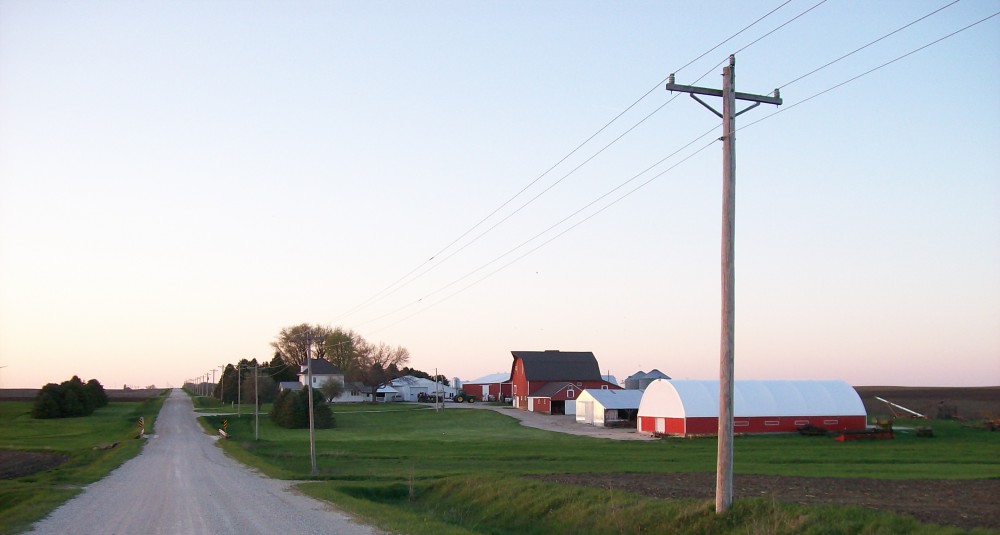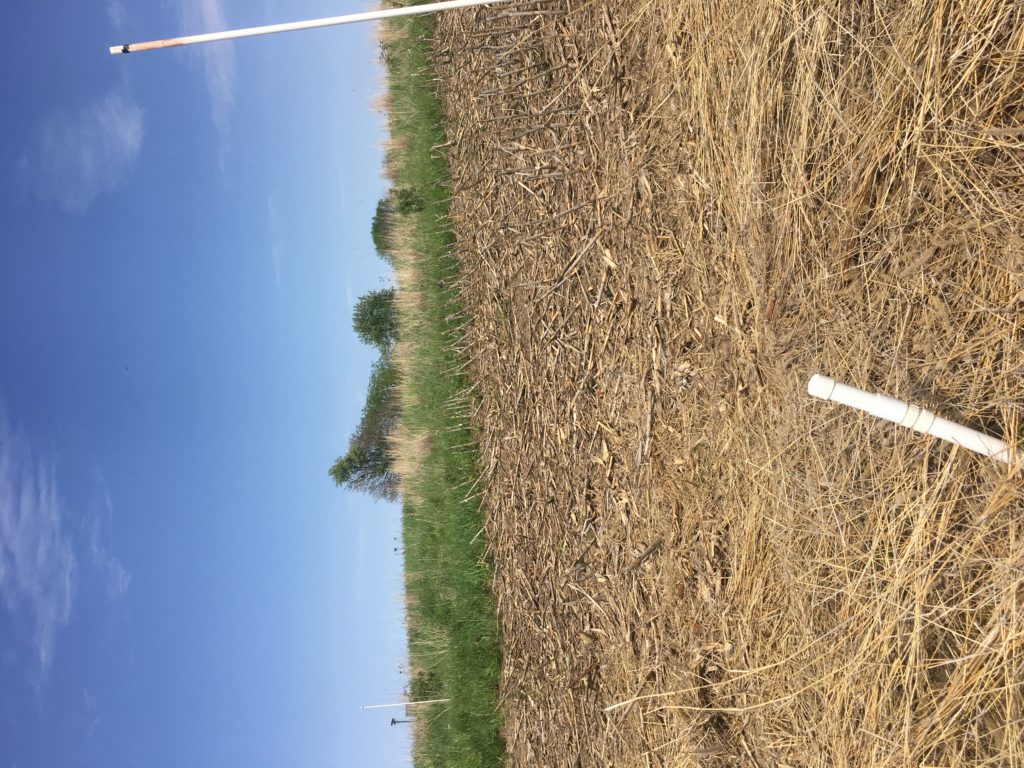May 24, 2019
We started our day at the Grinnell Heritage Farm in Grinnell, Iowa and met with Andy Dunham, and one of his staff members, Eric. They shared their very strong view about agricultural in Iowa and their commitment to organic farming and Community Supported Agriculture (CSA). CSA’s provide a direct link between the producers and consumers of food. They showed us different aspects of the farm, specifically the impact pesticide drift had on their asparagus. Unfortunately the crop was affected by pesticide drift from a nearby farm that took the organic label off the product for three years. This was a first- hand account of our discussion at The Practical Farmers of Iowa about various problems and prevention methods regarding pesticide drift. They also showed us a species of bird known as the Red-Winged blackbird, which has an important role in protecting their farm. The birds scare off any crows (which have been known to peck holes in the drip lines that provide water to the vegetables) that cross into their land and drive them off the property by pushing them away from one side to the other. This is an example of the importance of biodiversity on farmland.

After we left the Grinnell Heritage Farm, we met with Adam Ledvina at Red Earth Gardens at the Meskawai Settlement in Tama, Iowa. This part of the day was a refreshing change of pace from our normal meetings which have taken place inside presentation rooms due to be being sidelined by the rain. We were able to help Adam pick weeds in the fields of his farm which was a good way to get our hands dirty, help him with his farm, and get immersed in the environment. As a sustainability major I really enjoyed this experience and felt like I was in my element. After we assisted Adam with the weeds, he showed us their greenhouse where they keep their plants and do composting with worms. As Sammy, Adare, Hannah, and I just learned about composting at the Wheatsfield Cooperative in Ames, it was good to see worm farm composting in action. After a rainy morning, it was a fun to be outdoors with the plants.




